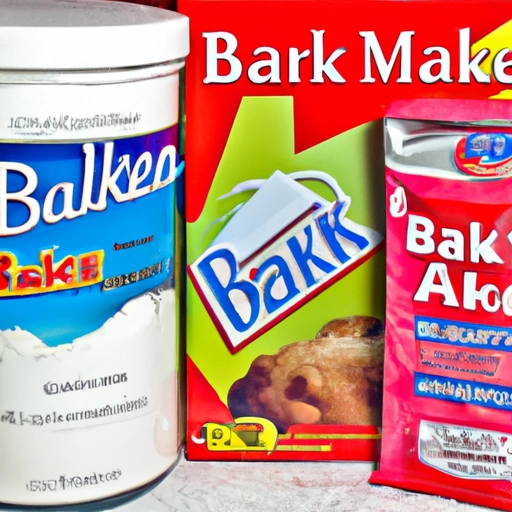Baking Mix
Description

Baking mix is an all-in-one blend of ingredients commonly used to create a variety of baked goods quickly and easily. It typically consists of flour, leavening agents like baking powder or baking soda, fats such as shortening or butter, and occasionally sugar and salt. Baking mixes are designed to save time and reduce the number of individual ingredients needed in recipes, making them a convenient option for both novice and experienced bakers.
Baking mixes are available worldwide and can be measured in both customary American units like cups and tablespoons, and in metric units such as grams and milliliters, facilitating their use in diverse recipes.
Common uses
Baking mixes are incredibly versatile and can be used to make a wide range of items including, but not limited to, pancakes, waffles, muffins, scones, biscuits, and various types of quick breads.
Nutritional value
Calories
A standard serving of baking mix can vary in calories, typically ranging from 100 to 300 calories per serving, depending on the brand and the specific recipe used.
Protein
The protein content in baking mix can range from 2 to 6 grams per serving.
Fat
Fat content is generally around 1 to 5 grams per serving, with some mixes containing more if they include added fats like shortening or butter.
Carbohydrates
Carbohydrates are present in a significant amount, often ranging from 20 to 30 grams per serving.
Vitamins
Some baking mixes are fortified with vitamins such as A, D, and E, as well as B-vitamins including folic acid, thiamin, riboflavin, and niacin.
Minerals
Important minerals like calcium, iron, and potassium can also be found in varying amounts in baking mixes.
Health benefits
While baking mixes offer convenience, they may also provide essential nutrients if fortified with vitamins and minerals. The presence of these nutrients can contribute to overall health when consumed as part of a balanced diet.
Potential risks
The potential risks associated with baking mixes include the presence of added sugars, sodium, and trans fats, depending on the brand and type of mix. It is important to review the ingredient list and nutritional information to make informed choices.
Common recipes
Baking mixes are commonly used to create quick breads, muffins, pancakes, waffles, and biscuits. They can also serve as a base for more elaborate desserts and savory dishes.
Cooking methods
The cooking methods for baking mix-based recipes usually involve baking or frying, depending on the desired outcome. Most recipes require the addition of water, milk, or eggs to the mix.
Pairing with other ingredients
Baking mixes pair well with a variety of add-ins such as fruits, nuts, chocolate chips, and spices, allowing for customization to personal taste preferences.
Summary
Baking mix is a pre-mixed blend of essential baking ingredients designed for convenience and versatility in the kitchen. Suitable for a variety of sweet and savory dishes, it simplifies the baking process without compromising on taste. Despite its ease of use, consumers should be mindful of its nutritional content and potential additives. With a global presence and adaptations in both American and European units of measurement, baking mix remains a valuable ingredient for quick and delicious recipes around the world.